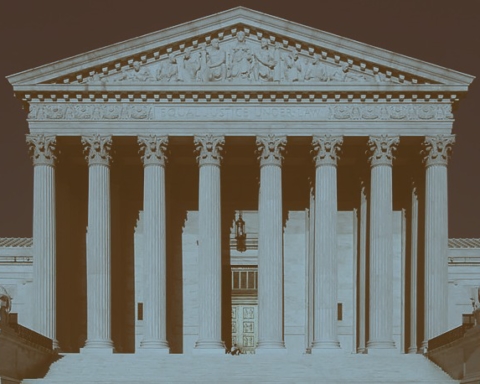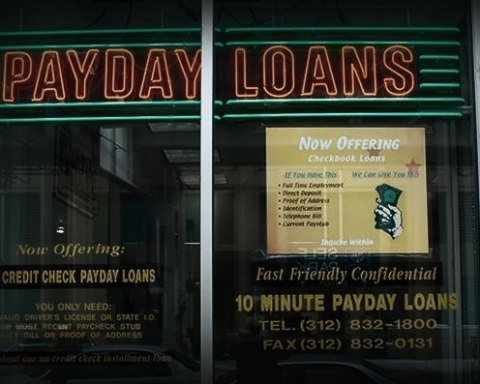Federal Reserve Gov. Daniel Tarullo warned Thursday that a key regulator’s gauge of banking industry soundness shows systemic woes still well above normal levels, almost seven years after last decade’s spectacular global financial collapse.
Tarullo noted that the number of banks on the Federal Deposit Insurance Corporation’s “Problem List” was “still nearly three times the historical average” at the end of 2014, though the list has diminished to 291 entries from a post-collapse peak of 888 at the start of 2011.
The high-ranking Fed official made the comments at a lobbying convention hosted by the Independent Community Bankers of America—an organization that describes itself as “the nation’s voice for more than 6,000 community banks of all sizes and charter types.”
The organization’s Washington trip includes planned meetings “with regulators and their members of Congress to discuss issues that impact community banks” and the conference was addressed by Senate Banking Committee chair Richard Shelby (R-Ala.) and Rep. Randy Neugebauer (R-Texas).
Tarullo defended the Fed’s tiered oversight to “community banks”–institutions, he noted, that are “defined in the Federal Reserve’s supervisory portfolio” as having net assets worth less than $10 billion.
Although many Republicans have attempted to argue that Dodd-Frank financial reforms have profoundly fettered smaller financial institutions, the ICBA has tended to agree with the progressive wing of the Democratic party—that the right’s assault is essentially the result of an astroturf campaign conducted on behalf of corporate conglomerates.
As Alexis Goldstein noted on Bull Market, Sen. Elizabeth Warren’s (D-Mass.) Senate Banking Committee hearing criticism of the American Banking Association’s tack on post-collapse reforms in this regard made ICBA chair John Buhrmaster, another panel member, “burst out in applause.”
Wall Street lobbyists’ recent calls to upwardly revise regulatory definitions of small banks has fallen flat when, as Tarullo noted Thursday, “the vast majority of community banks have less than $1 billion in assets.”
In addition to the FDIC “problem list,” other government statistics have indicated that the financial sector is still suffering from severe post-2008 aftershocks. The Federal Housing Administration’s serious delinquency rate in February, for example, was 6.51 percent and hasn’t been below that threshold since the immediate months that followed the collapse.






